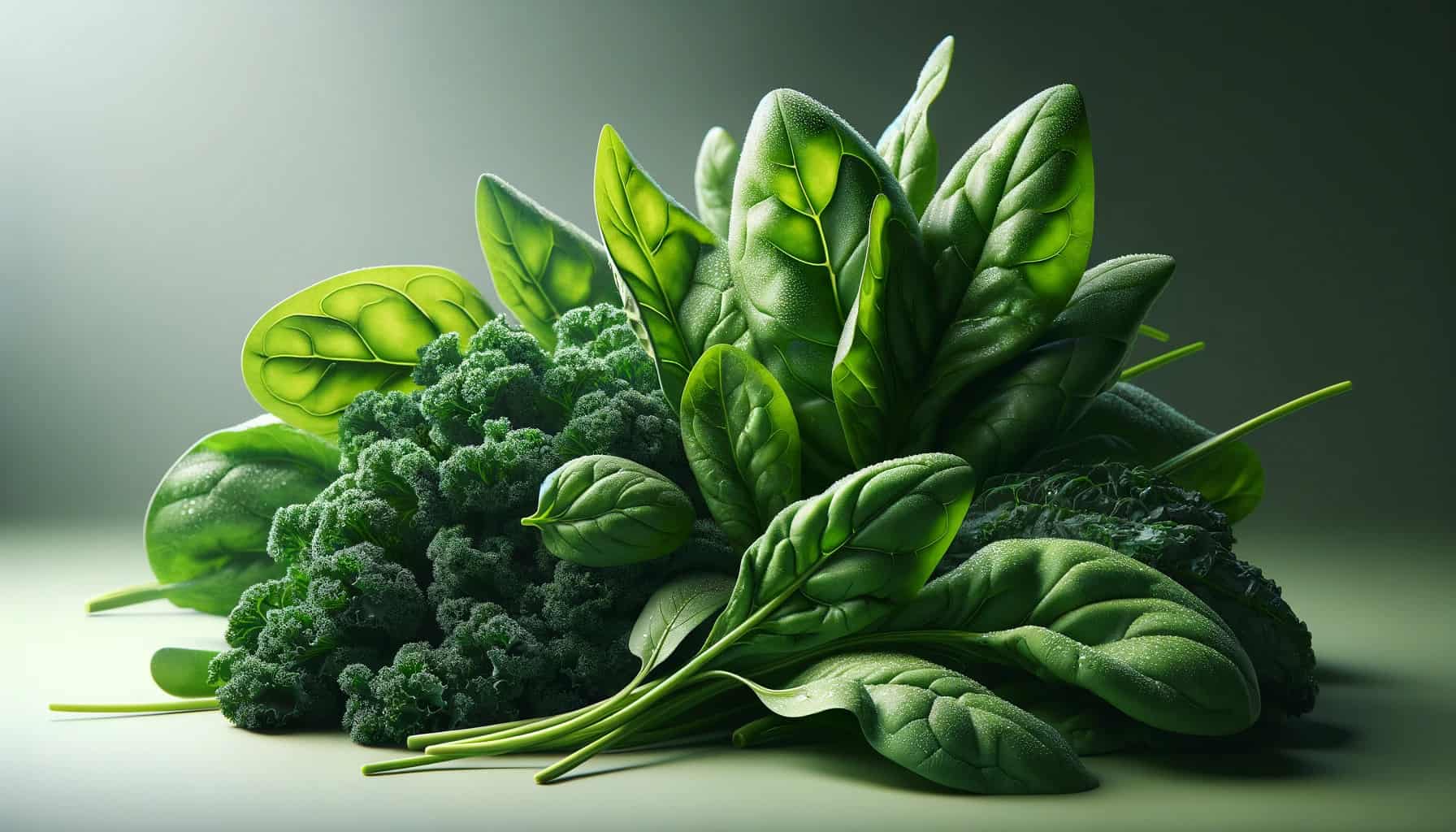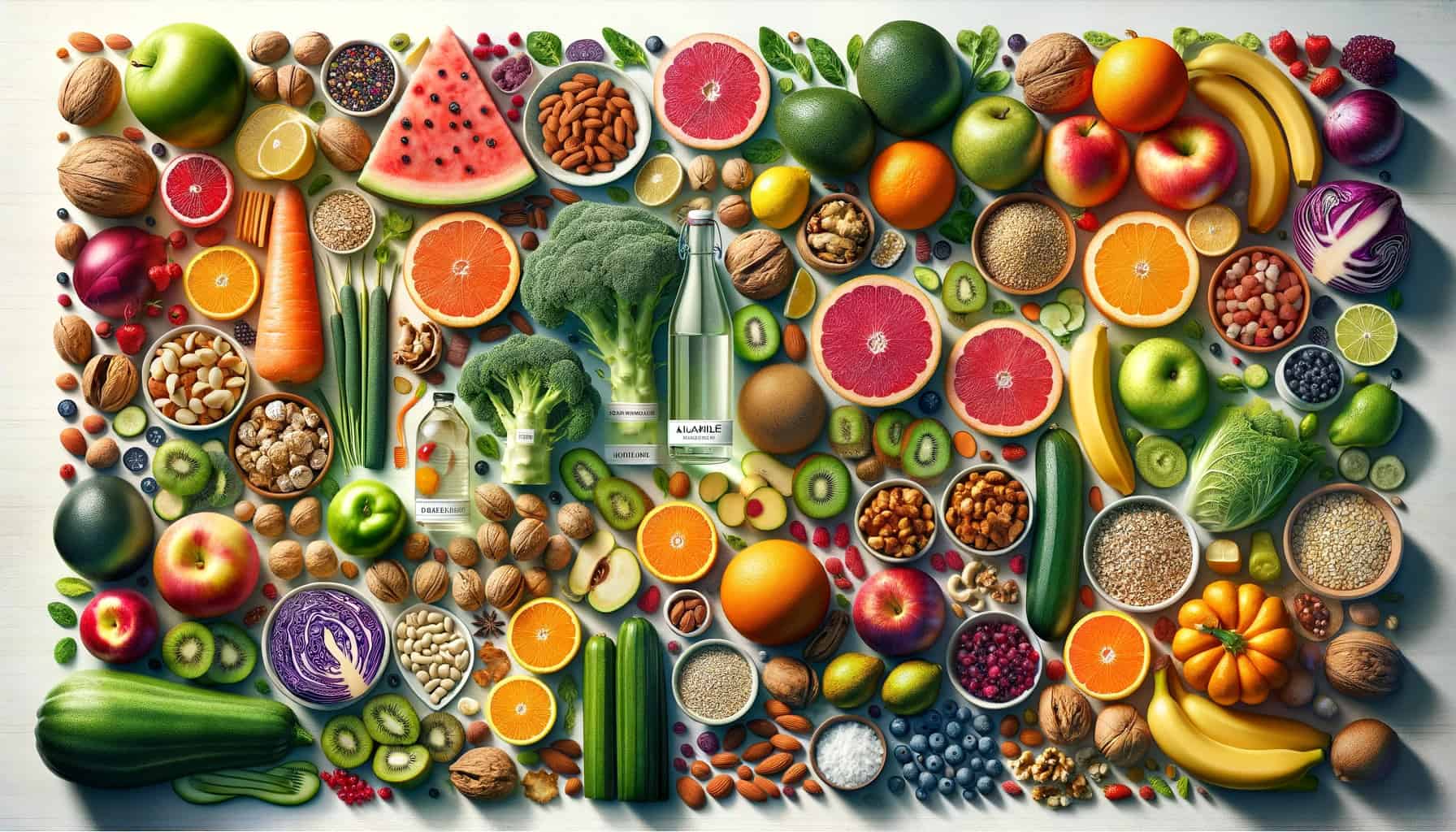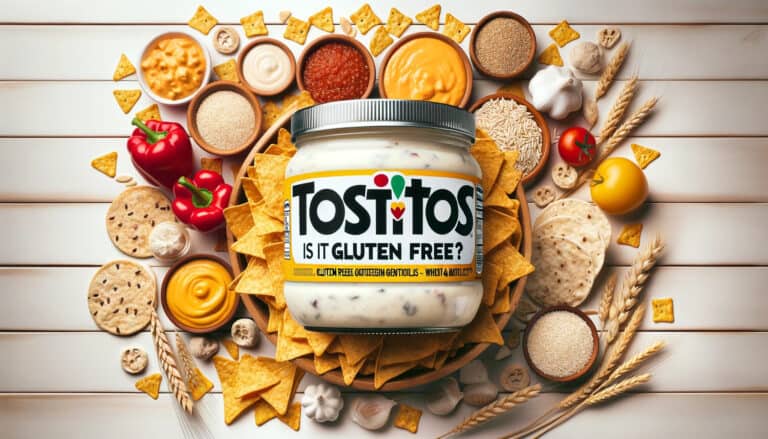The Ultimate Alkaline Food List: Boost Your Health
In the quest for good health, many turn to the Alkaline Ash Diet, a regimen that has garnered attention from health experts and enthusiasts alike. Based on the acid-ash hypothesis, this diet aims to shift the body’s pH from acidic to alkaline.
Uncover the best alkaline food list to support your dietary needs and boost your well-being.
Dr. Sebi and other advocates claim that a plant-based diet with green beans, sweet potatoes, and fresh vegetables can change the body’s pH. This may help with weight management and lower the risk of high blood pressure and chronic kidney disease.
The science behind this diet focuses on how certain foods affect the pH of your blood and body. PH. Red meat and junk food create acidity, while Brussels sprouts and pumpkin seeds promote alkalinity.
The diet recommends a daily intake of fresh foods, natural fats from sources like olive oil, and a variety of fresh fruit, each selected for their ability to maintain or adjust the acid-alkaline balance.
However, the journey towards an alkaline diet plan isn’t just about avoiding fast food or opting for alkaline water over citric acid-laden drinks. This approach considers the chemical reactions in our bodies, the nutritional needs for muscle mass, and prevention kidney stones.
The alkaline ash diet recommends adding more plant-based and neutral foods while reducing acid-producing foods to improve health.
As with any dietary change, seeking medical advice and considering test results before fully committing is crucial. When considering an alkaline diet, consider the pH value of the items in your grocery cart and how they align with your health goals.
The alkaline ash diet offers a new perspective on meeting nutritional needs and promoting good health. It involves choosing alkaline effect foods like olive oil and green beans and understanding the role of acidic and alkaline foods in managing health conditions.
Classifying Foods on the Alkaline Diet
Overview of Food Categorization
It’s essential to understand how foods are classified. This classification helps individuals make informed choices about their consumption and maintain a balanced pH level.
Alkaline-Forming vs. Acid-Forming Foods
Foods can be categorized into two main groups: alkaline-forming and acid-forming. Alkaline-forming foods have an alkalizing effect on the body when digested, while acid-forming foods have an acidic effect.
Alkaline-forming foods primarily include fruits, vegetables, nuts, and seeds. These foods are rich in essential nutrients, vitamins, and minerals, contributing to overall health and well-being.
They help maintain a slightly alkaline pH balance in the body, which is believed to support the optimal functioning of bodily systems.
On the other hand, acid-forming foods include meat, dairy products, refined grains, and processed foods. These types of food are high in protein and fat content but lack the necessary fiber and micronutrients found in alkaline-forming options.
Consuming excessive amounts of acid-forming foods may lead to an imbalance in pH levels within the body.
Balancing these Types of Foods for Optimal Health
To maintain a healthy pH level in the body, it’s crucial to strike a balance between consuming alkaline-forming and acid-forming foods. While some acidity is necessary for normal bodily functions such as digestion, too much acidity can lead to various health issues over time.
Incorporating more alkaline-forming foods into your diet, such as leafy greens, citrus fruits, avocados, almonds, and quinoa, can promote a more balanced pH level within your body. These nutrient-dense options provide essential vitamins and minerals while helping neutralize excess acidity.
It’s important to note that the alkaline diet is not about eliminating acid-forming foods but instead finding a healthy balance. Moderation is key. Opt for leaner cuts of meat, choose plant-based milk alternatives, and limit processed foods to maintain a more alkaline state.
Understanding PRALs
An additional tool used in classifying foods on the alkaline diet is PRAL, which stands for Potential Renal Acid Load. The PRAL value measures the acidifying or alkalinizing effect of food after digestion.
Foods with negative PRAL values are more alkalizing, while positive PRAL values indicate a higher acid load. By focusing on consuming foods with negative PRAL values, you can further enhance the alkalizing effect in your body.
The Complete Alkaline Food List
Top Alkaline Foods for Your Body
Incorporating alkaline foods into your diet is crucial. Here are some of the best alkaline fruits and vegetables you can enjoy:
Best Alkaline Fruits
Citrus fruits like lemons and oranges may taste acidic but have an alkalizing effect on the body. They contain minerals that help neutralize acidity and promote a more alkaline environment.

Most berries, such as strawberries and blueberries, are considered highly alkaline-forming due to their rich antioxidant content. Another excellent choice is watermelon, which has a high water content and contains essential minerals that contribute to an alkaline state.
Best Alkaline Vegetables
Green leafy vegetables like spinach and kale are highly recommended for their high mineral content, including calcium, magnesium, and potassium. These minerals are vital in maintaining an alkaline balance in the body.

Cruciferous vegetables such as broccoli and cauliflower provide nutritional value while contributing to an alkalinizing effect. Root vegetables like carrots and beets offer various health benefits and are alkaline-forming.
Moderately Alkaline Foods
In addition to the top choices mentioned above, several other fruits and vegetables fall into the moderately alkaline category. For example, apples and bananas are slightly acidic but still have an overall alkalinizing effect on the body due to their mineral content.
Similarly, certain vegetables like bell peppers and zucchini may seem less likely candidates for an alkaline diet but can still contribute positively to maintaining pH balance. Whole grains like quinoa and brown rice can also be included in moderation as part of an alkaline diet.
Miscellaneous Alkaline Foods
Other food options besides fruits and vegetables can help maintain an alkaline state. Almonds and other nuts are considered alkalizing due to their mineral content, including calcium and magnesium.
Plant-based proteins like tofu and tempeh provide an excellent alternative to animal protein while contributing to an alkaline diet. Herbal teas, such as chamomile or peppermint, can also be enjoyed as they have a soothing effect on the body and help maintain an alkaline pH.

Alkaline Food Charts and Guides
Alkalizing Foods Chart
An alkalizing foods chart is a valuable resource for individuals following an alkaline diet. This comprehensive chart categorizes foods based on their acidifying or alkalinizing effects, helping people make informed choices when planning their meals. The chart typically includes food groups and their Potential Renal Acid Load (PRAL) values.
By referring to the alkalizing foods chart, individuals can identify which foods are highly alkaline and incorporate them into their diet. These include fresh fruits such as apples, bananas, watermelon and vegetables like spinach, kale, and broccoli. Plant-based proteins like tofu and lentils are often listed as alkalizing options.
The chart also shows foods that make the body more acidic. Limiting or avoiding these foods is best to keep a balanced pH. Highly acidic foods include processed meats like bacon and sausages, sugary snacks such as cookies and cakes, and carbonated beverages like soda.
Acidic Foods to Avoid
In addition to processed meats, sugary snacks, and carbonated beverages being highly acidic options to avoid or limit consumption of, dairy products can also contribute to acidity in the body. Cheese and yogurt are commonly known to be acid-forming due to their high lactic acid levels.
Furthermore, caffeinated drinks like coffee should be consumed moderately by those looking to follow an alkaline diet due to their acidity. While coffee may provide that morning energy boost for many individuals, its high acidity can disrupt the body’s pH balance if consumed excessively.
It is essential for individuals seeking an alkaline lifestyle to refer regularly to these charts when planning their meals. By using the information in these charts, individuals can gradually adopt a more alkaline diet for better health.
Incorporating Alkaline Foods into Your Diet
To maintain a balanced pH level in your body, it is essential to incorporate alkaline foods into your diet. These foods help neutralize acidity and promote overall health. Let’s explore some key categories of alkaline foods that you can include in your daily meals.
Low Acidic Foods for an Alkalizing Diet
Choosing foods with low acidity levels is crucial for an alkalizing diet. Fruits such as melons, including watermelon and cantaloupe, are excellent choices as they have high water content and are naturally low acidity.
Green leafy vegetables like lettuce or arugula provide essential nutrients while being generally low in acidity. Legumes such as lentils or chickpeas are also great options as they offer protein without increasing acidity.
Best Herbs, Spices, and Seasonings
Adding flavor to your meals doesn’t have to contribute to acidity. Opting for herbs like basil or parsley can enhance the taste of your dishes without compromising alkalinity. These herbs add a burst of freshness and provide various health benefits.
Similarly, spices such as turmeric or ginger bring depth to your recipes and possess anti-inflammatory properties while promoting an alkalinizing effect on the body. Another popular choice is lemon juice, often used as a natural seasoning that promotes an alkaline environment within the body.
Recommended Alkaline Drinks
Hydration is vital in maintaining overall health and supporting an alkaline balance. Water infused with a squeeze of lemon or lime is an excellent choice for hydration and alkalinity. The citrus fruits may seem acidic outside the body but have an alkalinizing effect when metabolized internally.
Herbal teas are another great option for incorporating alkaline drinks into your routine. Varieties like green tea or chamomile are typically alkalizing and can be enjoyed hot or cold. They not only provide hydration but also offer additional health benefits.
Fresh vegetable juices are a fantastic way to boost your alkaline intake. Juices from vegetables like cucumber or celery can help maintain an alkaline balance while providing essential nutrients.
Incorporating these alkaline foods into your diet can help create a more balanced pH level, promoting overall well-being. Consult with a healthcare professional or registered dietitian before making significant dietary changes.
Health Benefits of an Alkaline Diet
Reducing Cancer Risk
An alkaline diet rich in fruits and vegetables has been associated with a reduced risk of certain cancers. By lowering acidity levels in the body, this diet creates an unfavorable environment for cancer cells to thrive. Alkaline foods are often high in antioxidants, supporting overall cellular health and helping protect against DNA damage.
Improving Heart Health
One key benefit of an alkaline diet is its positive impact on heart health. By reducing inflammation and oxidative stress, an alkaline diet may help lower the risk of cardiovascular diseases.
Many fruits and vegetables in this diet are high in potassium, which helps regulate blood pressure. Avoiding processed foods typically high in sodium further contributes to maintaining a healthy cardiovascular system.
Promoting Weight Loss
If you’re looking to shed some pounds, incorporating alkaline foods into your diet can be beneficial. An alkaline diet encourages the consumption of nutrient-dense foods while limiting processed and high-calorie options.
This approach can lead to weight loss due to the low-calorie density of fruits and vegetables. Furthermore, balancing pH levels through an alkaline diet may improve metabolism and hormonal regulation, further supporting weight management efforts.
Research suggests that an alkaline diet can have a protective effect by creating an environment that inhibits tumor growth. The abundance of antioxidants in fruits and vegetables helps neutralize harmful free radicals that can cause DNA damage.
A study conducted on colorectal cancer patients found that those who followed a more acidic Western-style diet had a higher risk of recurrence compared to those who adhered to a more alkaline Mediterranean-style diet.
Regarding heart health benefits, studies have shown that adopting an alkaline-based dietary pattern can reduce blood pressure levels. Individuals can lower their sodium intake by focusing on whole foods and minimizing processed options, crucial for maintaining healthy blood pressure levels.
The anti-inflammatory properties of an alkaline diet contribute to cardiovascular health by reducing the risk of heart disease.
As for weight loss, alkaline diets are often fiber-rich and low in calorie-dense foods, making them practical for managing weight. The high water content in fruits and vegetables helps promote satiety while providing essential nutrients. Furthermore, an alkaline diet’s potential to improve metabolic function may further support weight loss efforts.
Tips for a Sustainable Alkaline Diet
Whole, Unprocessed Foods and Their Role
Whole, unprocessed foods play a vital role in maintaining an alkaline diet. These foods are the foundation of this dietary approach, providing essential nutrients while minimizing acid-forming compounds found in processed foods.
Individuals can support their overall health and promote alkalinity within the body by opting for whole grains instead of refined grains.
Including various fresh fruits and vegetables is also crucial in maintaining an alkaline diet. These nutrient-dense foods provide essential vitamins and minerals and contribute to the alkalizing effect on the body. Leafy greens such as spinach, kale, and Swiss chard are particularly beneficial due to their high alkaline content.
In addition to fruits and vegetables, incorporating plant-based proteins like legumes, nuts, seeds, and other items from the alkaline food list can further enhance the alkalinity of your diet. These protein sources offer numerous health benefits while minimizing the intake of acidic animal proteins in meat and dairy products.
Duration and Long-Term Effects of the Diet
The duration of following an alkaline diet varies based on individual preferences and goals. Some adopt it as a long-term lifestyle change to reap ongoing health benefits. Consistently eating alkaline-promoting foods can improve energy digestion, reduce inflammation, and overall well-being.
On the other hand, some individuals may opt for shorter periods of following an alkaline diet for detoxification purposes or specific health concerns. This dietary approach can temporarily reset the body’s pH balance and remove toxins caused by poor eating habits or environmental factors.
It is important to note that while an alkaline diet offers potential health benefits, it should be approached with caution if you have certain medical conditions or are taking medications that require careful consideration of dietary restrictions. Before making significant dietary changes, consulting with a healthcare professional or registered dietitian is advisable.
Frequently Asked Questions about the Alkaline Diet
Acid vs. Alkaline-Forming Foods
Acid-forming foods increase acidity levels in the body after digestion, while alkaline-forming foods have the opposite effect, promoting a more alkaline environment. Balancing these two types of foods is crucial for optimal health.
Individuals can make informed choices to support their well-being by understanding which foods fall into each category.
Diet’s Impact on Acid-Alkaline Balance
Our diet plays a significant role in maintaining the acid-alkaline balance within our bodies. Consuming acidic diets can disrupt this delicate balance and lead to various health issues. On the other hand, adopting an alkaline diet helps restore and maintain the proper pH levels in our body.
To promote a more alkaline environment internally, it is essential to incorporate a variety of alkaline-forming foods into our meals. These include fresh fruits like watermelon, bananas, and citrus fruits like lemons and oranges. Vegetables like spinach, kale, broccoli, and cucumbers are also excellent choices.
On the contrary, acid-forming foods should be consumed in moderation or avoided altogether. These include processed meats like sausages and bacon, refined sugars in desserts and sugary beverages, and highly processed snacks such as chips and cookies.
By being mindful of our food choices and opting for more alkalizing options over acidic ones, we can support our body’s natural acid-alkaline balance. This helps prevent potential health issues and promotes overall vitality and well-being.
In addition to food choices, it is essential to consider other factors that affect our body’s acid-alkaline balance. Stress management techniques such as meditation or yoga can help reduce stress levels, which contribute to acidity in the body. Regular exercise also aids in maintaining a healthy pH level.
It is worth noting that while the alkaline diet has gained popularity, it is essential to approach it with a balanced perspective. The body naturally regulates its pH levels, and extreme dietary restrictions may not be necessary for everyone.
Consulting with a healthcare professional or registered dietitian can provide personalized guidance based on individual needs and goals.
Potential Risks and Considerations
Overview of the Diet’s Legitimacy
The alkaline diet has gained popularity as a means to achieve optimal health and wellness. However, it is essential to note that not all experts in the field universally accept this dietary approach. While some studies support its potential benefits, others question its scientific basis.
Proponents of the alkaline diet argue that consuming more alkaline-forming foods can help balance the body’s pH levels, reduce inflammation, and promote overall well-being. They believe that an acidic internal environment may contribute to various health issues.
On the other hand, skeptics argue that the body has natural mechanisms to regulate pH levels and maintain homeostasis. They suggest that the impact of dietary choices on blood pH may be minimal and short-lived.
Given these differing perspectives, it is crucial for individuals considering the alkaline diet to approach it with caution and awareness. It is always advisable to consult with a healthcare professional or registered dietitian before significantly changing your eating habits.
The Effects of Acidic Foods on Health
A vital principle of the alkaline diet is avoiding or minimizing the consumption of acidic foods. Acidic diets have been linked to increased inflammation and chronic diseases such as cardiovascular disease, diabetes, and certain types of cancer.
One concern regarding high acidity levels in the body is their potential impact on bone health. Some studies suggest that excessive acid load can lead to bone calcium loss, which may increase the risk of osteoporosis over time.
Therefore, proponents of the alkaline diet argue that consuming more alkaline-forming foods could help protect bone density.
Individuals who experience digestive issues such as acid reflux may find that their symptoms worsen with a high intake of acidic foods. These foods can exacerbate stomach acid production and irritate sensitive esophageal tissues.
While there are valid concerns about consuming too many acidic foods, it is essential to maintain a balanced diet that includes a variety of nutrient-dense foods. Moderation and portion control are critical factors in achieving overall health and well-being.
Conclusion
In conclusion, the alkaline diet offers many benefits for overall health and well-being. Incorporating alkaline foods into your diet can help balance the body’s pH levels, reduce inflammation, and support optimal organ function.
This article’s complete alkaline food list is valuable for selecting and incorporating these foods into daily meals.
It is important to note that while the alkaline diet can be beneficial, it should be cautiously approached and consulted with a healthcare professional. It is not a cure-all but a complementary approach to supporting a healthy lifestyle.
Considering individual dietary needs and preferences is crucial when implementing nutritional changes.
By making informed choices and gradually incorporating alkaline foods into your diet, you can take steps towards improved health and vitality. Remember to listen to your body, monitor how certain foods make you feel, and adjust accordingly. With these considerations, you can journey towards better health and wellness.
Frequently Asked Questions
What is an alkaline food list?
👉 An alkaline food list consists of foods considered to have an alkalizing effect on the body, including fruits, vegetables, nuts, seeds, and certain grains.
Why should I follow an alkaline food list?
👉 Following an alkaline food list can help maintain the pH balance in your body, which is essential for overall health. It may also support healthy digestion, boost energy levels, and promote a more robust immune system.
Are all fruits and vegetables alkaline?
👉 While many fruits and vegetables are considered alkaline-forming, not all fall into this category. Some acidic fruits like citrus (lemons, oranges) may be sour outside the body but have an alkalizing effect once digested.
Can I eat grains on an alkaline diet?
👉 Yes, you can include certain grains in your alkaline diet. Examples of alkalizing grains on the Alkaline Food List include quinoa, millet, amaranth, and buckwheat. However, it’s important to note that refined grains like white bread or pasta are more acid-forming.
Is it necessary to eliminate acidic foods from my diet?
👉 It’s not necessary to eliminate acidic foods from your diet. The key is to maintain a balance between acidic and alkaline foods. Aim for a ratio of around 70% alkaline foods and 30% acidic foods to support optimal health.

Born and raised in a family of foodies, Georgia’s passion for cuisine was nurtured from a young age as she learned the intricacies of flavor and texture from her grandmother’s kitchen. As an adult, this early fascination blossomed into a full-fledged love affair with the culinary world.







